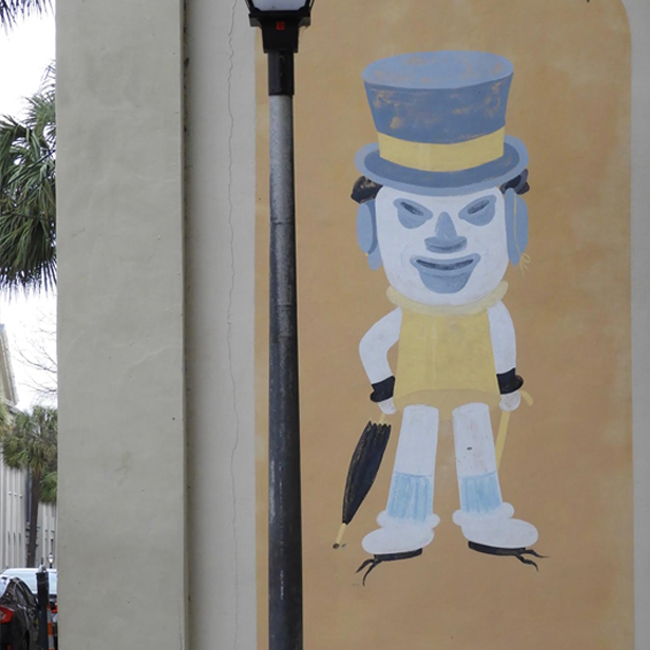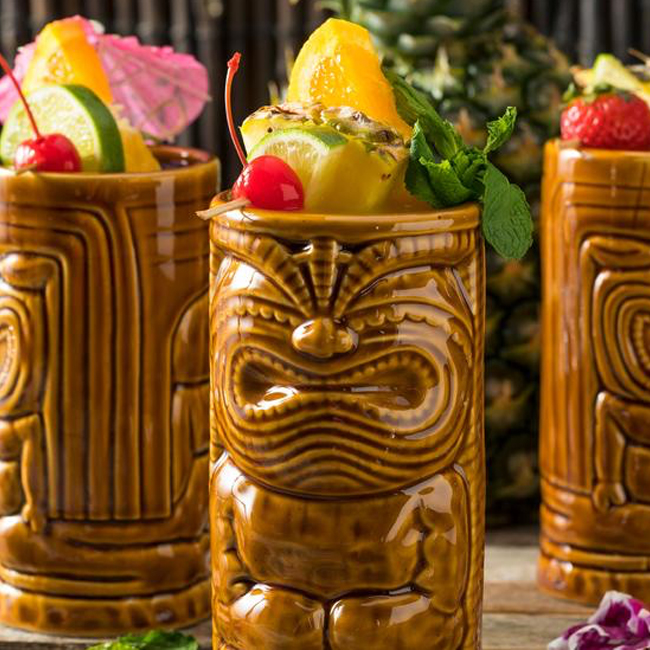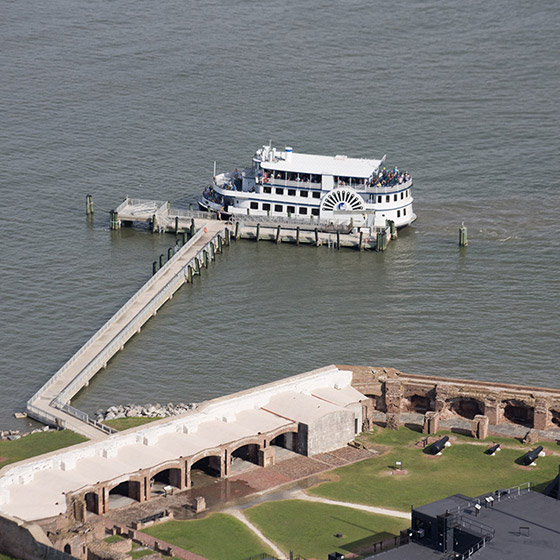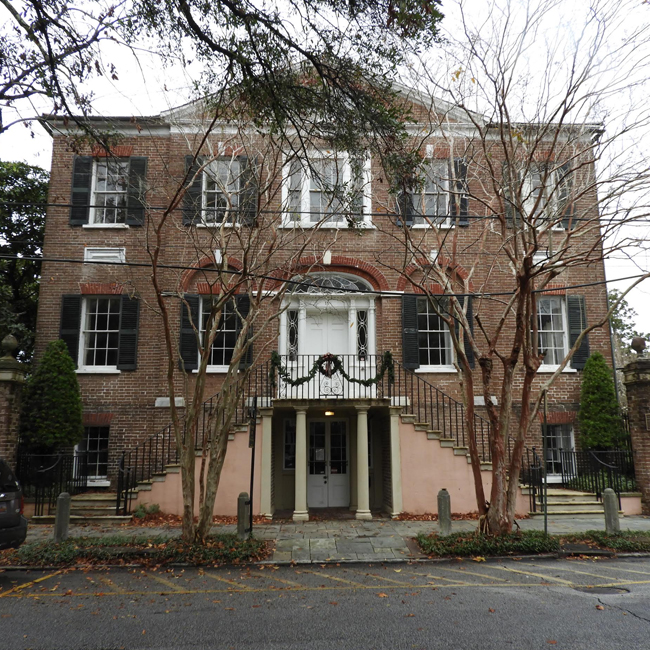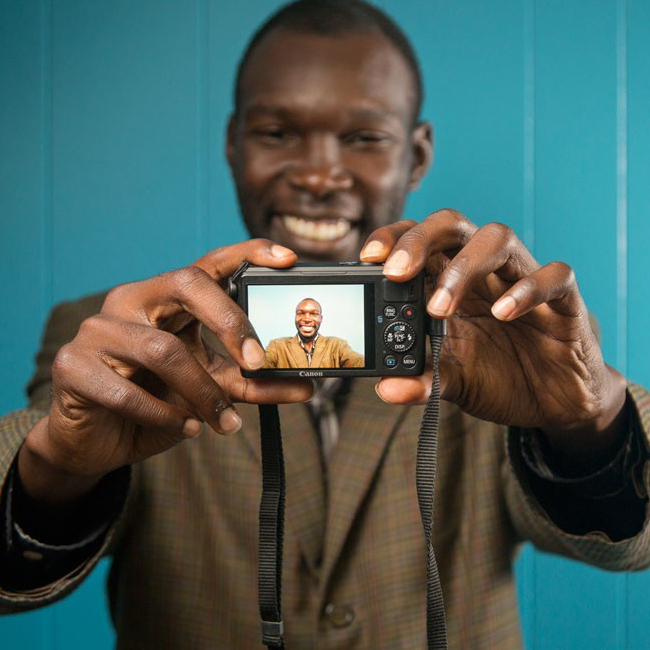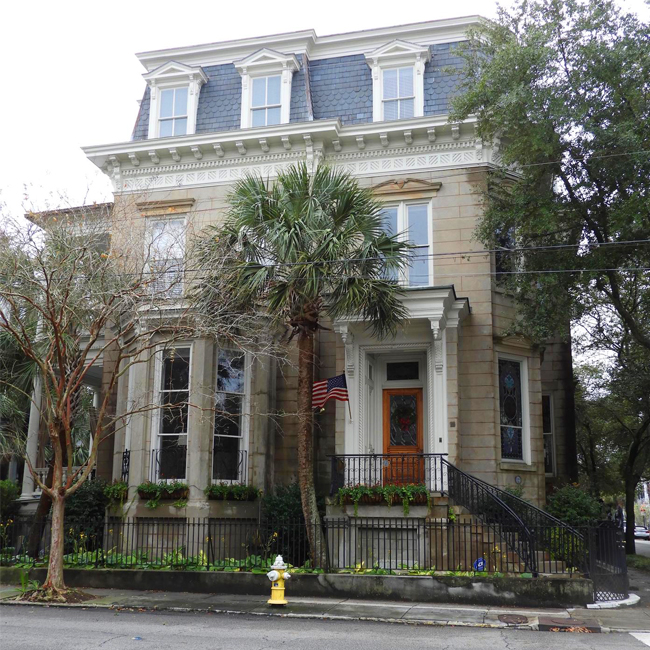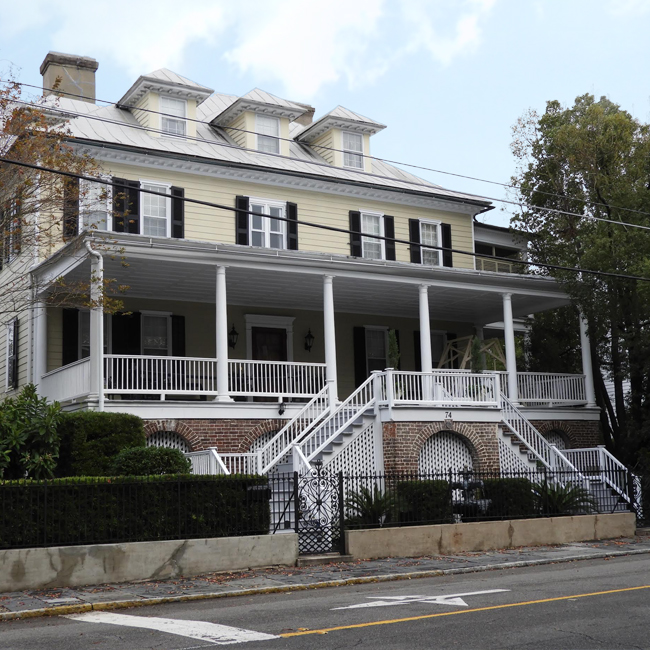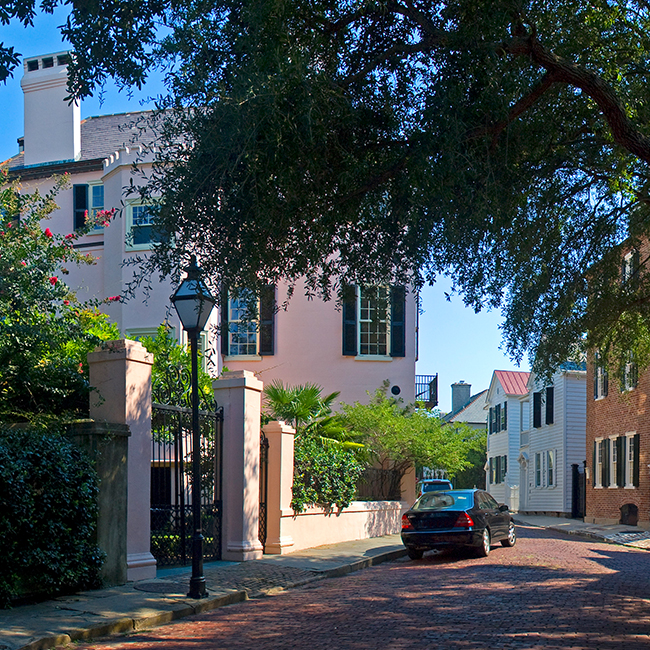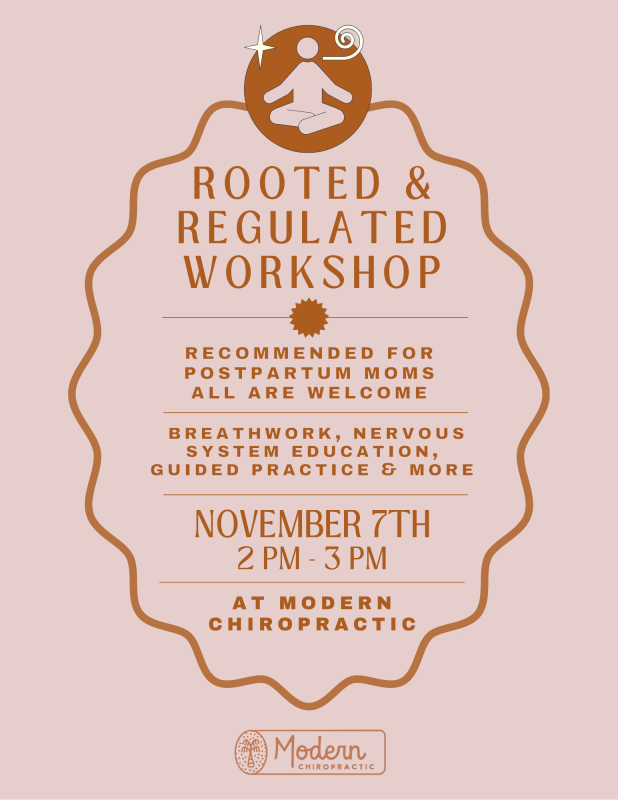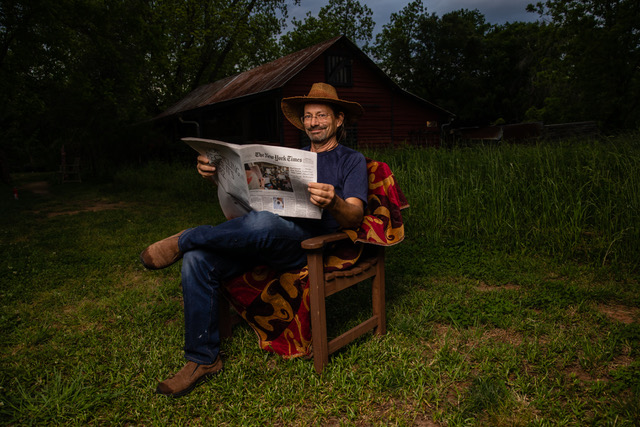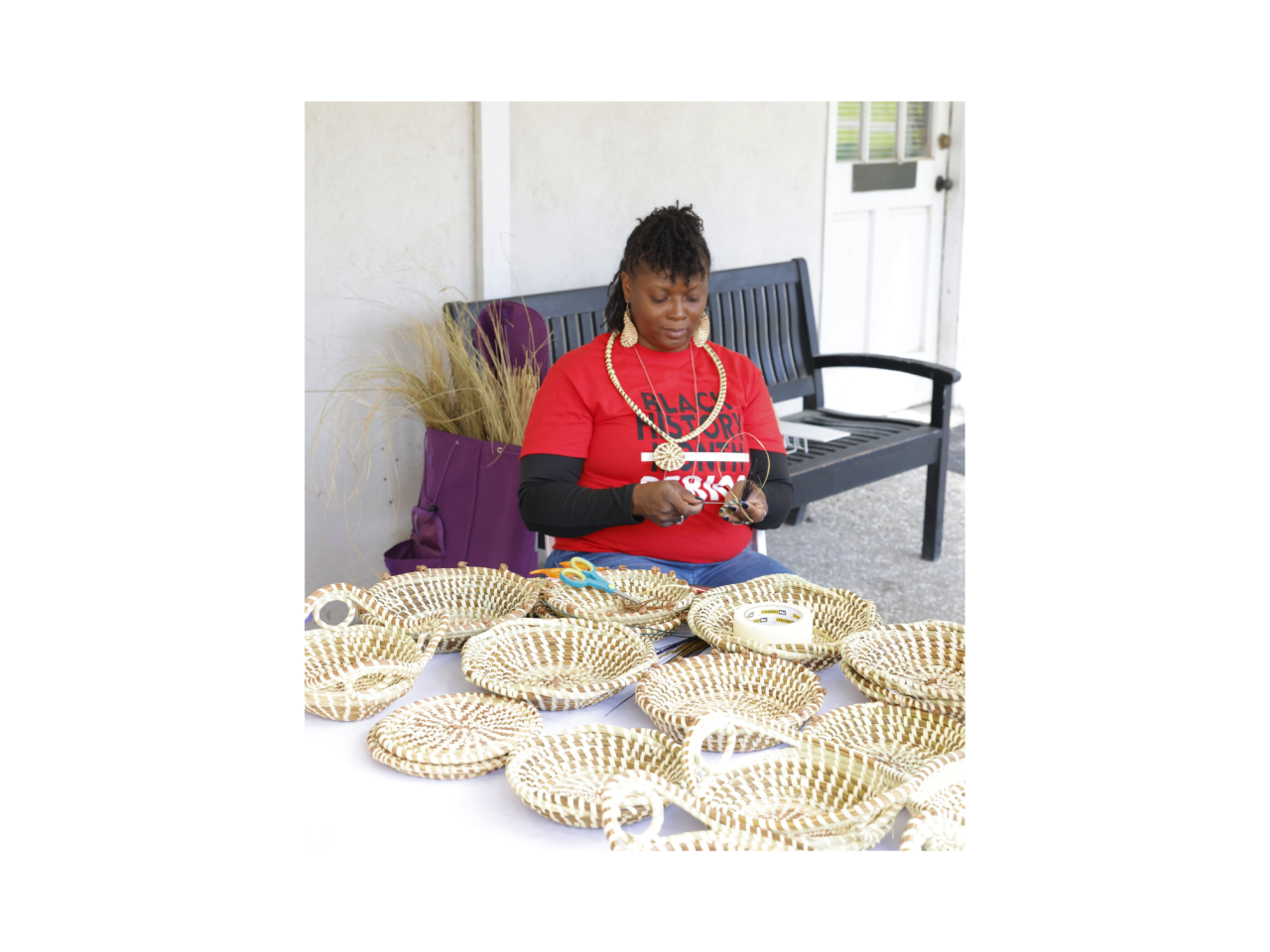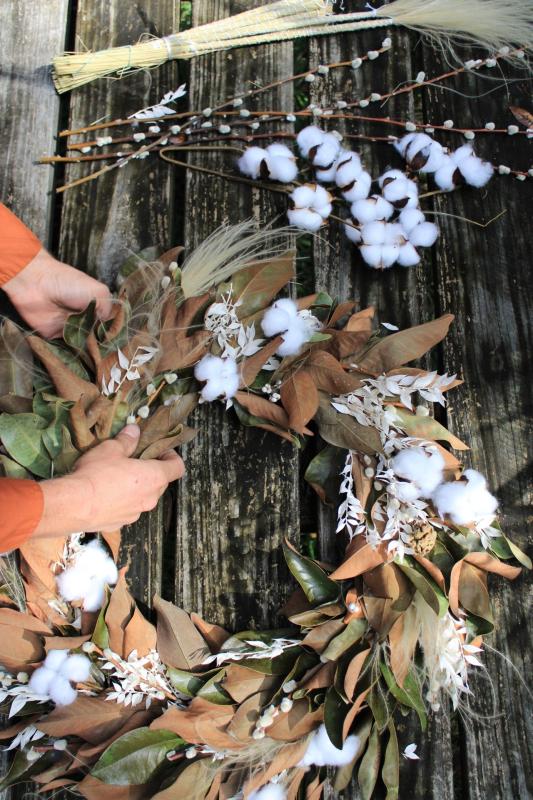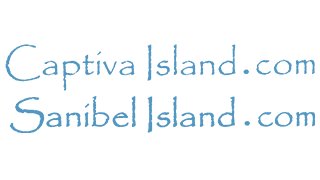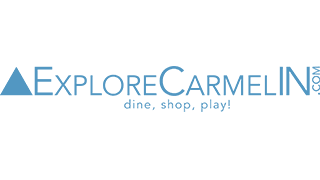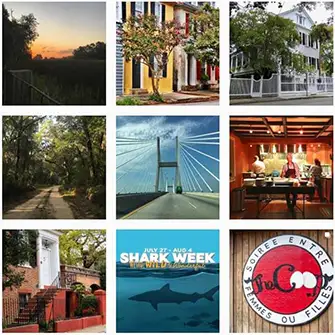Happy New Year 2019! The Charleston Hat Man is one of our favorite iconic images and has been around for more than 100 years. This image is on the Church Street corner of 47 Broad Street.
43-47 Broad Street was built in 1855 by Charles Love and Conrad Wienges, saddlers and harness makers. In 1870, Charles Plenge bought the building and altered the façade, specifically adding a cornice with the name "Plenge." C. Charles Plenge was born in 1827 in Kassel, Germany and later emigrated to Charleston. Plenge established and operated a haberdashery at 43-47 Broad Street, selling men's clothing, hats, and other accessories. Mr. Plenge died in 1877, before the date of the Charleston Hat Man painting, which appears to be in the early 1890s.

